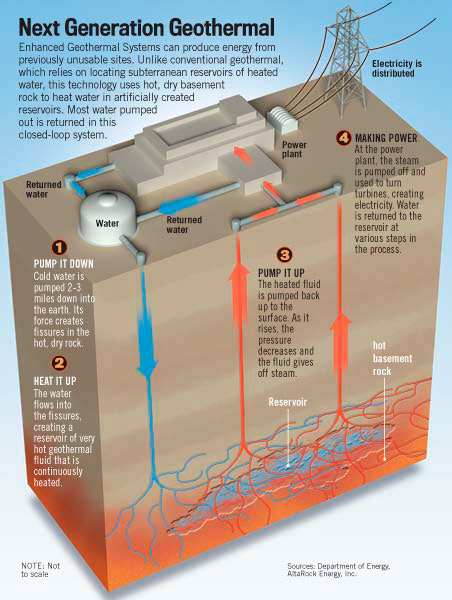Angeles National Forest Supervisor transfers months before retirement
By Bill Gabbert | Wildfire TodayThe Forest Supervisor of the Angeles National Forest transferred into a different job in mid-January months before he is scheduled to retire this spring. Tom Contreras is now serving as an assistant to the Regional Forester in Vallejo, California across the bay from San Francisco.
After Mr. Contreras left, an acting Forest Supervisor was appointed to temporarily fill the position — Daniel Lovato, currently the Deputy Forest Supervisor of the Angeles National Forest.
Mr. Contreras became the Forest Supervisor of the Angeles NF north of Los Angeles after Jody Noiron, who had been in the position since 2000, was transferred to a similar position on the nearby San Bernardino National Forest in October 2010 just days before a Congressional panel held a hearing amid accusations of mismanagement of the 2009 Station fire that burned 160,000 acres and killed two firefighters.
The Angeles National Forest was criticized for a very timid, less than aggressive response to the Station Fire, especially the morning of the second day when at just a few acres, Air Attack thought it could be stopped with the three air tankers that he requested to be over the fire at 7 a.m., but that request was not filled. Neither were the three requests he put in for a Very Large Air Tanker. Night flying helicopters were not used during the first night. Soon after 9 a.m. the fire took off and burned 160,000 acres.
The fire started weeks after the U.S. Forest Service distributed a memo requiring fire managers to consider using USFS resources rather than state and local fire equipment and personnel in order to save money.
The U.S. Forest Service's report on the Station Fire found nothing to criticize about how the fire was managed in the first 46 hours, and said policies and procedures were followed. The Government Accountability Office (GAO) released a report on the fire that looked at number of issues and put forward some suggestions.
Articles on Wildfire Today tagged "Station Fire".
--
Read my blog at http://eclecticarcania.blogspot.com/
My Facebook: http://www.facebook.com/derkimster
Linkedin profile: http://www.linkedin.com/pub/kim-noyes/9/3a1/2b8
Follow me on Twitter @CalDisasters
__._,_.___




